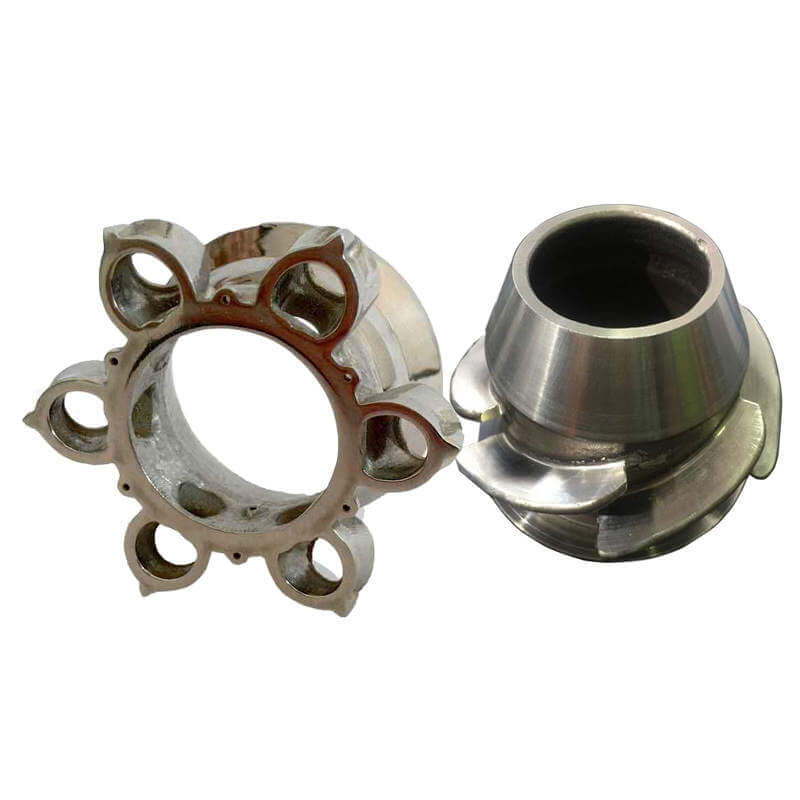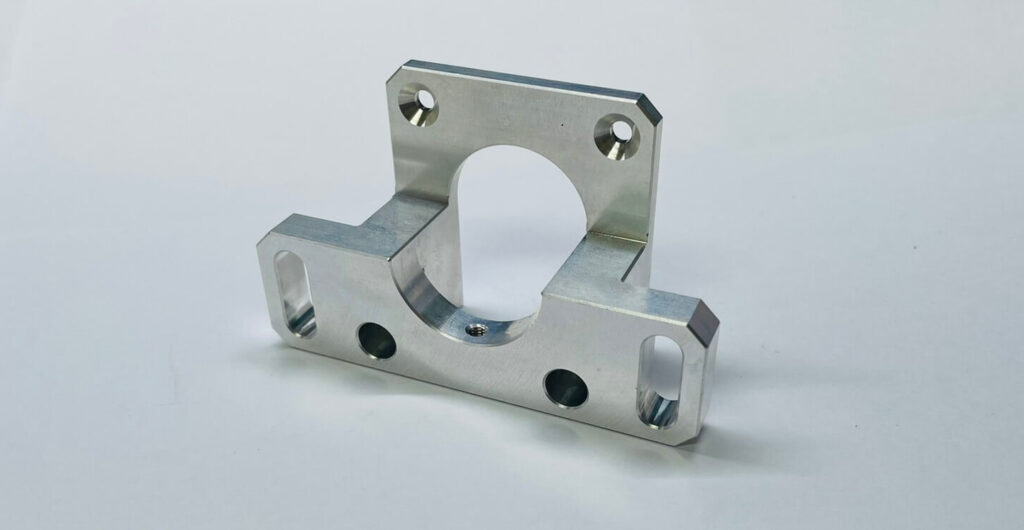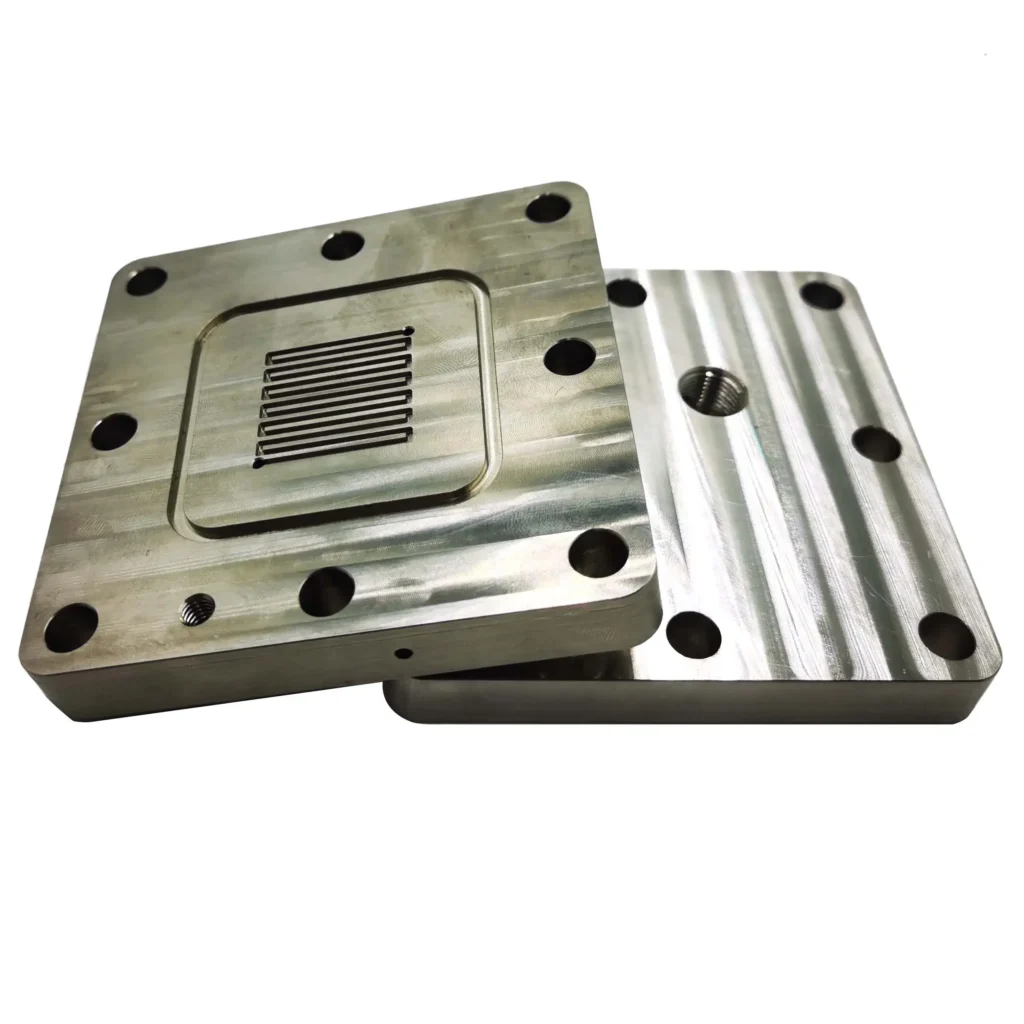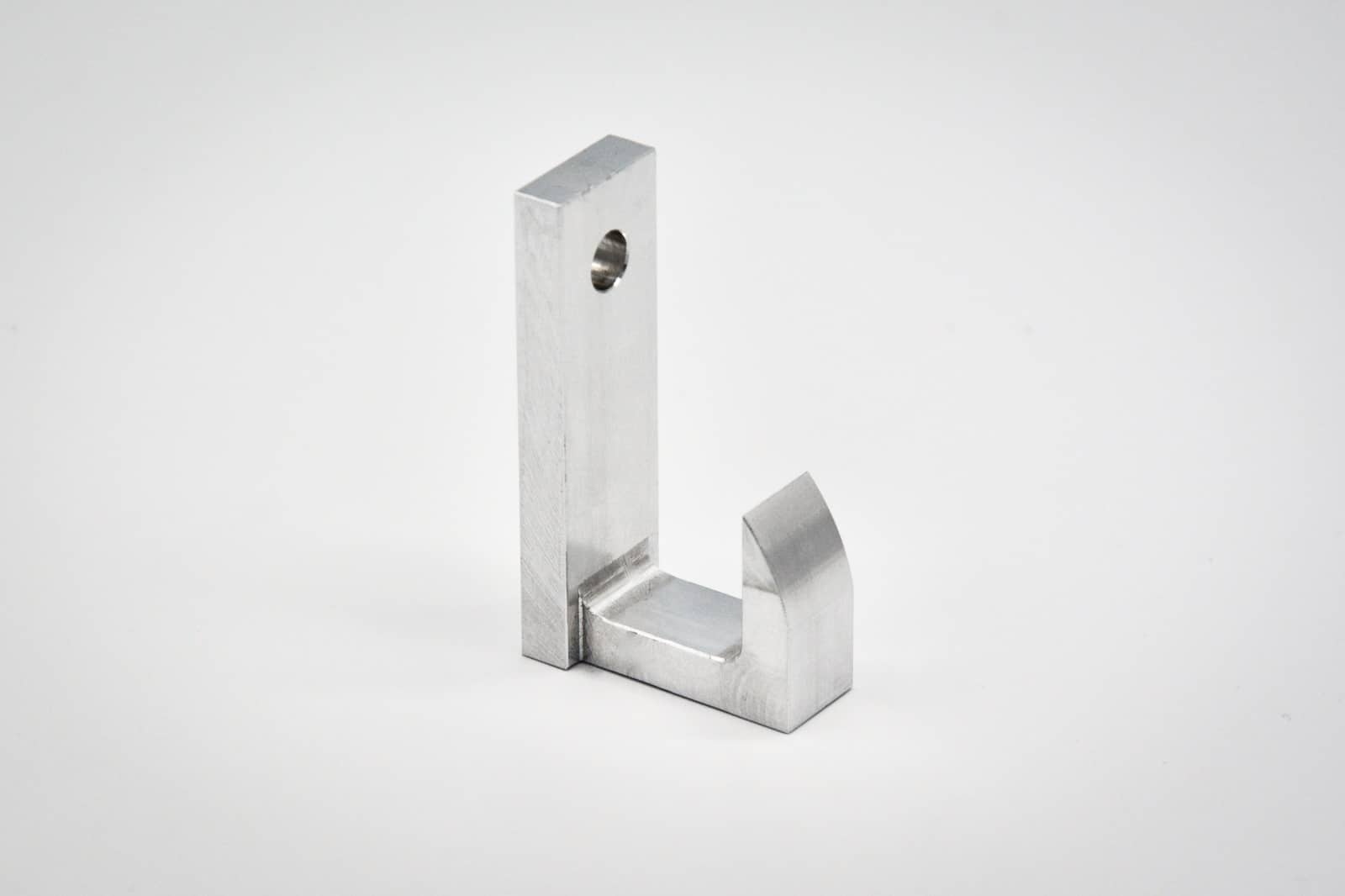The Best Way to Build Aluminum Prototype Parts
Aluminum prototype parts have become increasingly popular in product development due to their numerous advantages. These parts offer a range of benefits that make them an ideal choice for creating prototypes before moving on to full-scale production. In this article, we will explore the advantages of using aluminum prototype parts and discuss the best way to build them.
1.Advantages of Aluminum Prototype Parts
(1)One of the key advantages of aluminum prototype parts is their lightweight nature. Aluminum is a lightweight metal, making it an excellent choice for applications where weight reduction is crucial. This is particularly important in industries such as aerospace and automotive, where every ounce saved can have a significant impact on performance and fuel efficiency. By using aluminum prototype parts, designers can accurately assess the weight and balance of their products, ensuring optimal performance in the final production stage.

(2)Another advantage of aluminum prototype parts is their high strength-to-weight ratio. Despite being lightweight, aluminum is a strong and durable material. This makes it suitable for a wide range of applications, from consumer electronics to industrial machinery. By using aluminum prototype parts, engineers can test the structural integrity of their designs and identify any potential weaknesses before moving on to full-scale production. This helps to minimize the risk of costly errors and ensures that the final product meets the required standards of strength and durability.
(3)In addition to its lightweight and high strength-to-weight ratio, aluminum also offers excellent corrosion resistance. This is particularly important in industries where products are exposed to harsh environments or corrosive substances. By using aluminum prototype parts, designers can assess the material’s resistance to corrosion and make any necessary adjustments to ensure the longevity of the final product. This is especially beneficial in industries such as marine and offshore, where products are constantly exposed to saltwater and other corrosive elements.

(4)Furthermore, aluminum prototype parts are highly machinable. Aluminum is a relatively soft metal, so it is easy to machine and shape into complex geometries. This feature also enables designers to create complex prototypes that accurately represent the final product. At the same time, by using aluminum prototype parts, engineers can also test the functionality and suitability of their designs, ensuring that all components work together seamlessly. This helps identify any potential issues early and allows necessary modifications to be made before going into production, avoiding unnecessary waste.
2.Methods of Manufacturing Aluminum Prototype Parts
When it comes to building aluminum prototype parts, there are several methods to consider. One of the most common approaches is CNC machining. CNC machining involves the use of computer-controlled machines to precisely cut and shape aluminum parts. This method offers high accuracy and repeatability, making it suitable for creating complex prototypes with tight tolerances. Another method is 3D printing, which uses additive manufacturing techniques to build parts layer by layer. 3D printing is particularly useful for creating prototypes with intricate geometries and complex internal structures.

3.Summary
In conclusion, aluminum prototype parts offer a range of advantages in product development. Their lightweight nature, high strength-to-weight ratio, corrosion resistance, and machinability make them an ideal choice for creating prototypes. By using aluminum prototype parts, designers and engineers can accurately assess the performance, functionality, and fit of their designs before moving on to full-scale production. Whether through CNC machining or 3D printing, the best way to build aluminum prototype parts depends on the specific requirements of the project.
